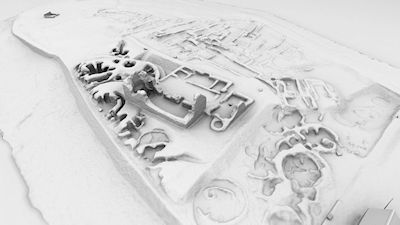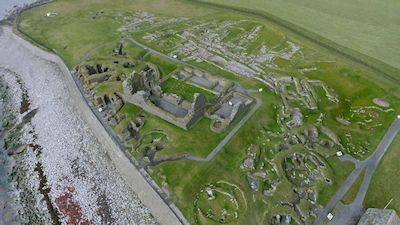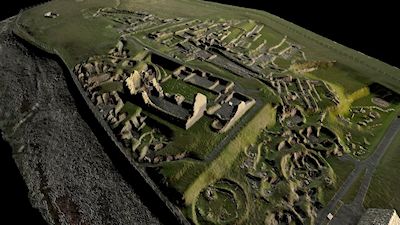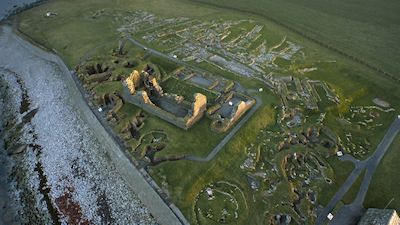



Figure 18: The raw colour photo-texture derived from kite aerial photography. Image © Kieran Baxter (CC BY-NC-ND 3.0)
Figure 19: Additional computer-generated lighting was added to this scene. Image © Kieran Baxter (CC BY-NC-ND 3.0)
Figure 20: The render passes composited together in Nuke for the final effect. Image © Kieran Baxter (CC BY-NC-ND 3.0)